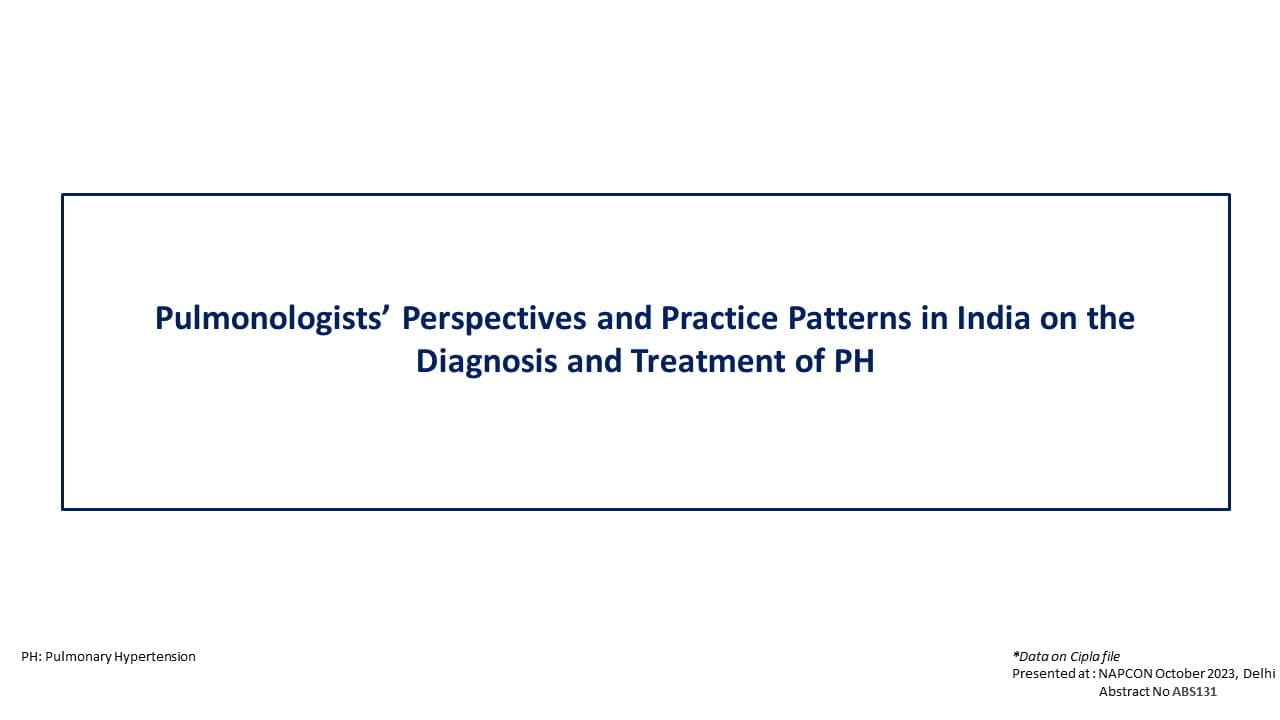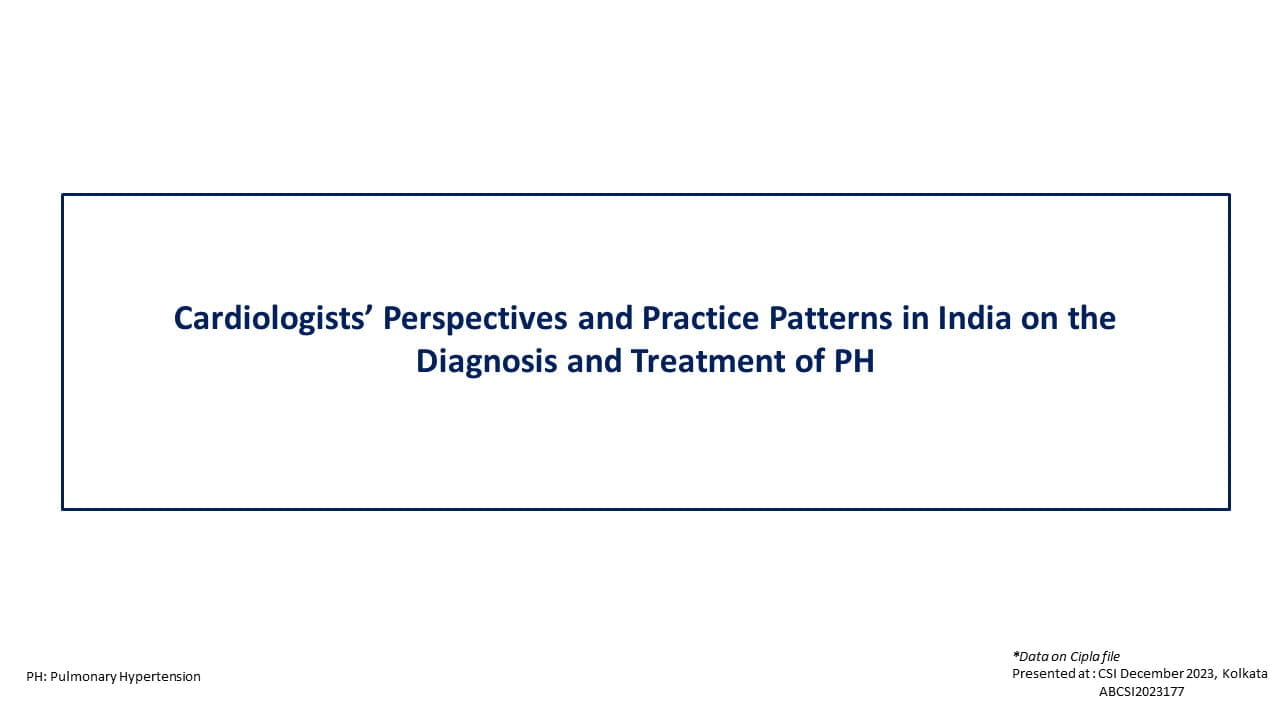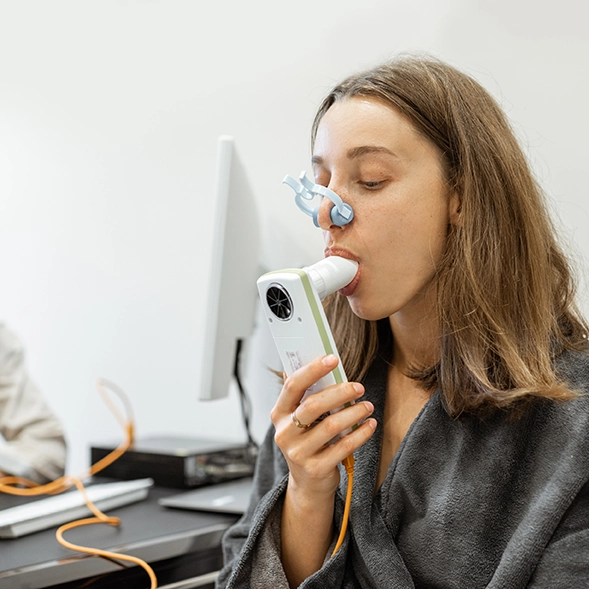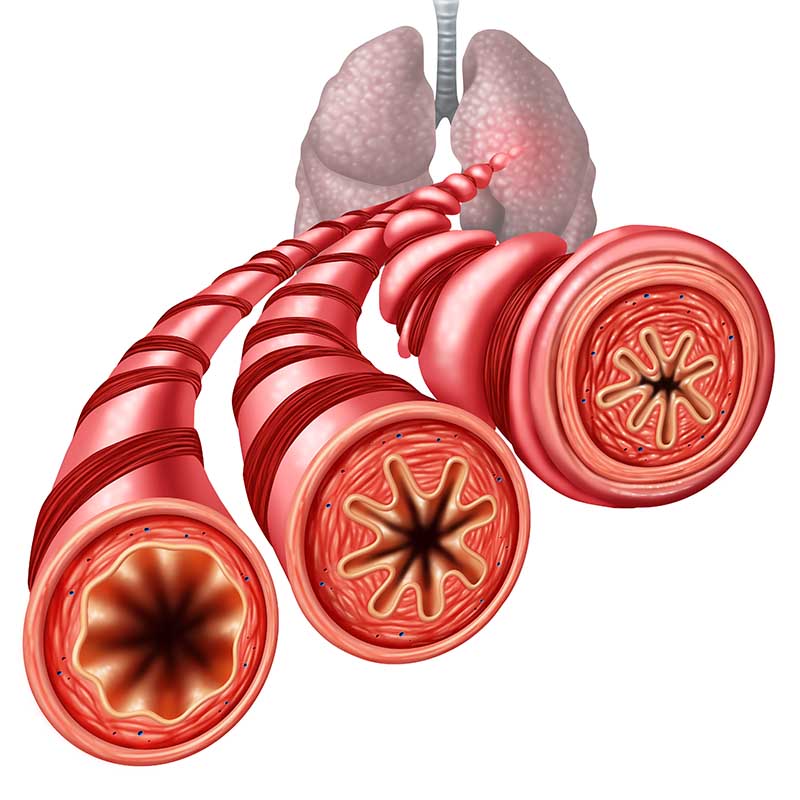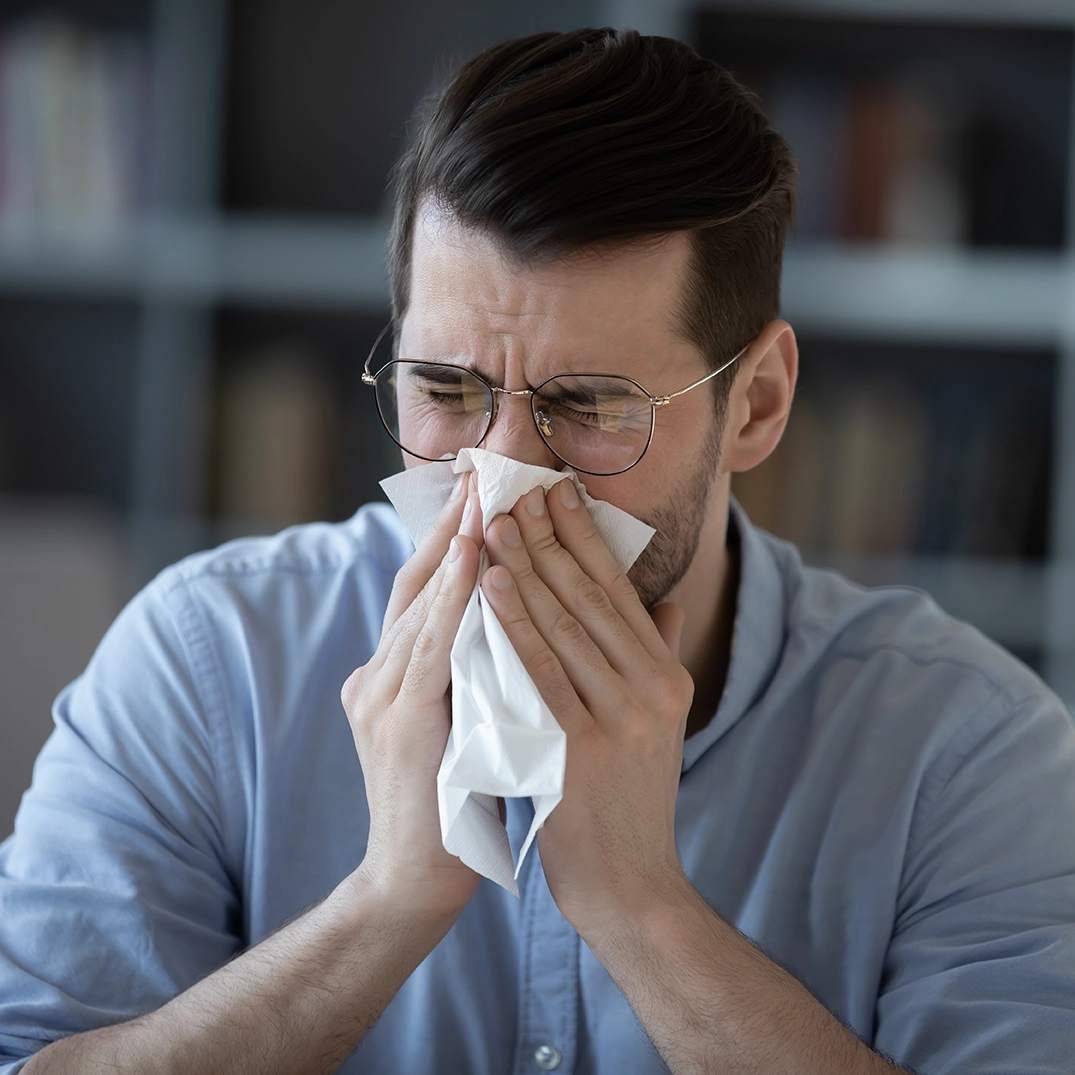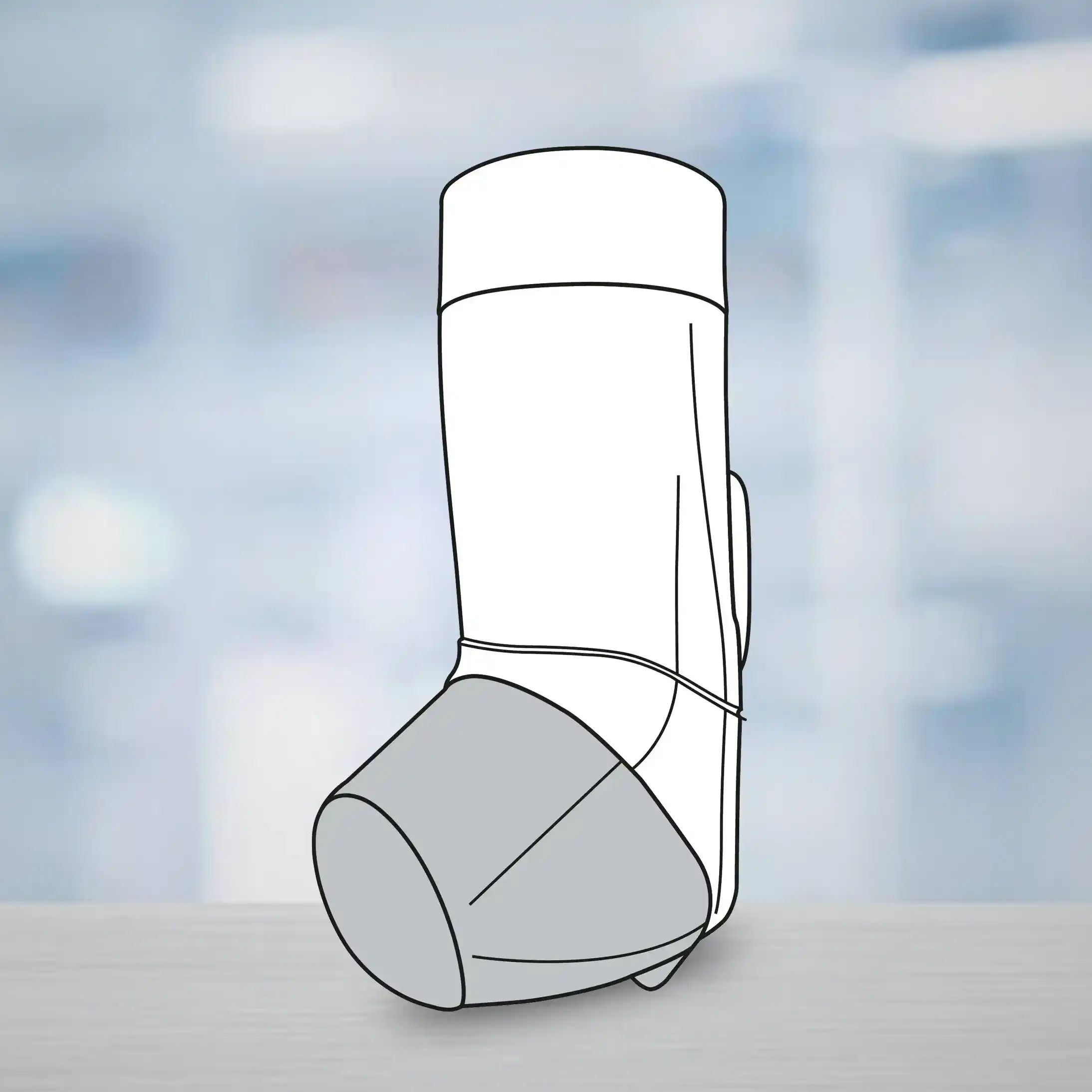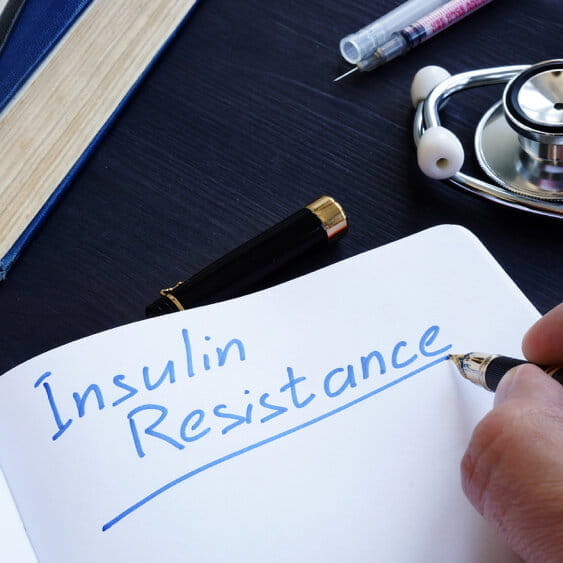Introduction
Topical minoxidil (MNX) 2%–5% and oral finasteride (F) 1 mg/day are the only pharmacological treatments approved for androgenetic alopecia (AGA). A topical formulation of finasteride (F) has been developed to reduce systemic adverse effects associated with the oral formulation. MNX and F act through distinct mechanisms of action. Combining them could potentially enhance clinical efficacy in treating AGA.
Aim
To evaluate and compare the efficacy and safety of the combination of 5% propylene glycol (PG)-free MNX and 0.25% topical F, applied in different times of the day (MNX in the morning and topical F in the evening), compared to their use in monotherapy in subjects with AGA.
Patient Profile
Males aged > >18 years with AGA (I–VII Hamilton-Norwood grading scale) and treatment naive or free from any therapy for at least 6 months.
Method
Study Endpoints
- Primary Efficacy Endpoint: Hair count, hair density, vellus rate count, terminal rate count and hair thickness evaluated via trichoscopic analysis using Medican 1000 and Trichoscale, Analysis area : 0.9cm².
- Secondary Efficacy Endpoint: Percentage of subjects achieving a Global Photographic Assessment Score (GPAS) score of ≥2 at 3 and 6 months. GPAS is a 7-point scale ranging from -3 (severe worsening) to +3 (excellent improvement), used to evaluate AGA severity through serial digital photography.
- Tolerability and Cosmetic Acceptability: Assessed via a self-administered questionnaire after 6 months, evaluating: Fragrance, ease of application, satisfaction with applicability, product absorption, hair volume, sensation of greasiness, hair manageability (combing, hairstyle) using a score ranged from -2 (low acceptability) to +2 (high acceptability).
Results
Trichoscopic Evaluation
- All treatments resulted in an increase in hair density compared to baseline. However, improvement was significant only for group A (MNX + F), both at three (+56 density/cm2, p < 0.05) and six (+81 density//cm2, p < 0.001) months.
Table 1: Mean change from baseline in hair density in 3 groups
|
|
Group A (MNX + F) |
Group B (F) |
Group C (MNX) |
||||||
|
|
Baseline |
3 month |
6 month |
Baseline |
3 month |
6 month |
Baseline |
3 month |
6 month |
|
Hair density (hair//cm2) |
101.9 ± 13.4 |
158.2 ± 12.5 |
183.5 ± 15.3 |
136.6 ± 13.9, /cm2 |
149.5 ± 14.3
|
154.6 ± 18.6 |
185.0 ± 16.7 |
212.3 ± 18.4
|
223.7 ± 19.8 |
Data are expressed as mean ± standard error (SE).
- All groups showed increase in terminal hair counts over time, however, statistically significant improvement was seen only in group A
- The mean change in hair terminal density from baseline also showed a significant difference between group A (MNX + F) and group B (F) (p < 0.05), with no significant differences observed between group A (MNX + F) and group C (MNX) at both 3 and 6 months.
- No statistical differences in hair diameter, vellus hair density was observed between groups and during the treatment period.
Global Photographic Assessment
- The global photographic assessment score (GPAS) was significantly higher in Group A compared to both Group B and Group C at 3 and 6 months ((2.0 ± 0.7 vs. 0.6 ± 0.8 and 1.3 ± 0.6; respectively)
- A significantly greater percentage of subjects in Group A achieved a GPAS score of >2 in comparison with Groups B and C both after 3 and 6 months (Figure 1)
Figure 1: Global photographic assessment results
Tolerability and cosmetic acceptability
- Good tolerability was observed in all treated groups.
- Overall, Group A (MNX + F) had significantly higher tolerability and cosmetic acceptability compared to Group C (MNX).
Conclusion
- The combination of 5% MNX lotion and 0.25% F in a spray formulation demonstrated significantly greater clinical and instrumental efficacy in treating patients with AGA compared to the monotherapies.
- It also exhibited a similar tolerability and safety profile.
- This combination therapy may enhance adherence to AGA treatment due to its faster efficacy compared to monotherapy.
Reference
J Cosmet Dermatol. 2024;23:502–509.


